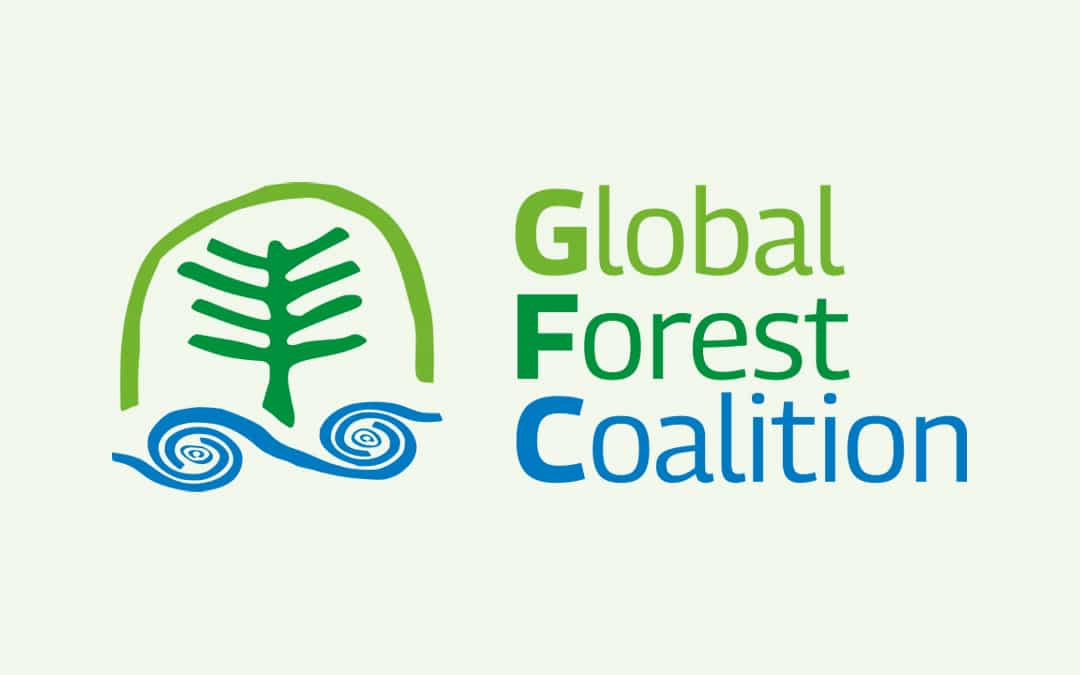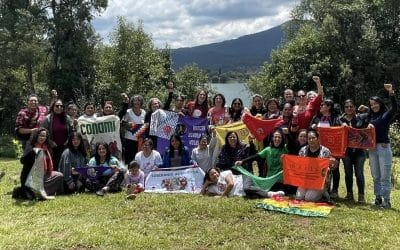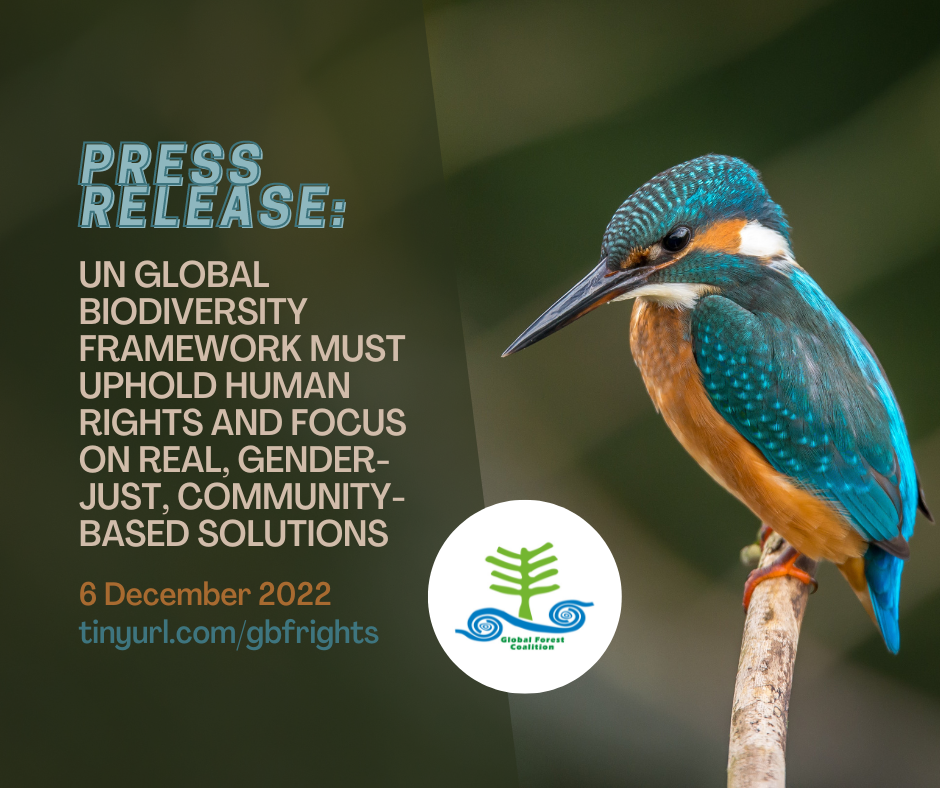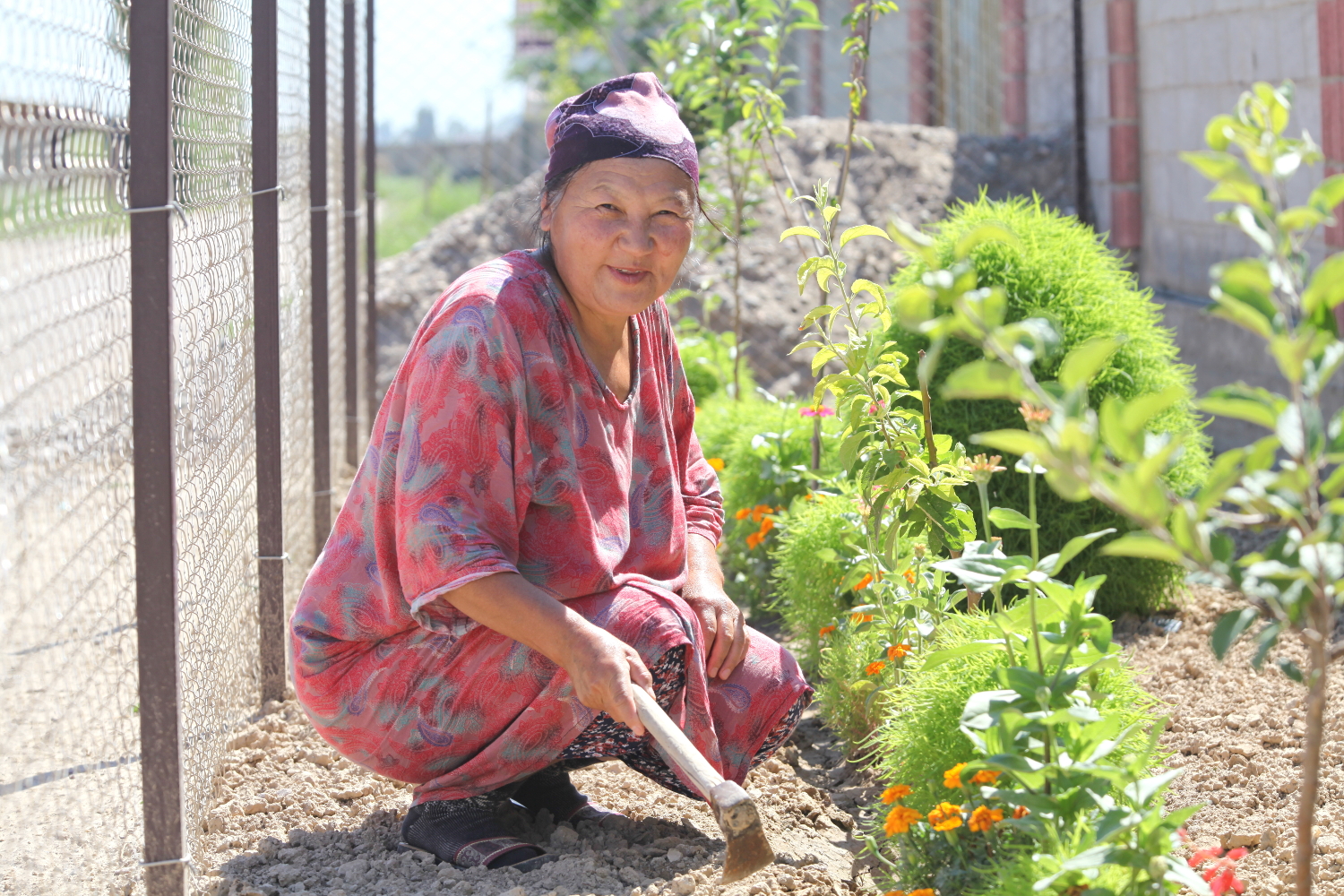Many still believe that huge financial “investments” are needed for the “conservation” of biological resources, as shown with the subsidies that international institutions like the World Bank provide for this purpose, but experience has shown that often such ‘cooperation’ has been incoherent with the CBD by funding harmful projects that destroy or deplete natural resources as well as affect Indigenous Peoples and/or local communities. In fact, little is known as to the real financial needs for biodiversity conservation; estimates tend to be very rough and even based on Agenda 21, a document that is already 20 years old.
An analysis on the drivers of forest loss states that addressing the underlying causes of forest loss does not require a huge financial investment, but rather a redirection of the financial flows that currently support bio-energy, large-scale tree plantations, mining and other destructive projects[1].
Biodiversity clearly has a greater significance for those groups in society who fully interact with it and derive not only their livelihoods but also their spiritual and cultural values from it, than for someone who seeks to offset emissions, for example[2]. However, money is the only “universal yardstick” of value used and understood in our dominant development model[3]. Therefore, civil society, especially marginalized groups such as Indigenous Peoples, local communities, small farmers, fisherfolks, and women, among others, strongly reject schemes like PES and REDD+, and every other means that financialises Nature. Such measures provide a dangerous simplification of the holistic, mutually beneficial and biocultural relationship communities and individual human beings foster with the environment.
The report on Civil Society Views on Scaling Up Biodiversity Finance identifies some of the risks resulting from the innovative financial mechanisms (IFMs) are:
1. market valuations will give a monetary value to those species/processes that are relevant for production, leaving out other key components in making the system work and securing resilience in the future[4].
2. The current globalized life-style dominated by consumption has little to guarantee regarding conservation as long as demand for forest products (and other ecosystem products, e.g. agrofuels, soy, corn, palm oil) increases at a high rate.
3. The flow of benefits and profits is, once again from South to North – with the South providing the labour and resources, and the North providing the capital investment, and reaping most of the profit and rewards.
4. Existing markets that biodiversity IFMs aim to replicate, such as the carbon market, are already facing problems with crime, corruption, institutional malfeasance and incompetence, compounded by a lack of regulatory oversight and lack of acceptability across and within countries[5].
5. Uneven power relations mean that new and innovative mechanisms are likely to have adverse implications on the poor and the women, particularly indigenous peoples and local communities.
It is recommended for the CBD to refrain from risky financial sources for biodiversity and forest restoration such as market based approaches,biodiversity offsets and Green Development Mechanisms. Parties to COP 11 agreed that new and additional financial resources should be coherent with the CBD. In the absence of such coherence, there is a significant risk in mobilizing additional resources that may have a counterproductive effect.
“Upcoming public participatory consultations on the revision and updating of NBSAPs should include open public debate on different finance options for implementation of the CBD at the local and national levels. Such debates should cover a range of innovative options and measures as well as existing tools, including reform of existing taxes and subsidies that may be harmful to biodiversity (such as subsidies to fossil fuels) and the creation of taxes and subsidies that promote the conservation and sustainable use of biological resources”. – Forest Peoples Programme recommendation to the CBD, 2011
[1] Getting to the Roots: Underlying Causes of Deforestation and Forest Degradation, and Drivers of Forest Restoration, GFC, Amsterdam
[2] Naidoo & Rickets
[3] Harvey, David. Justice, Nature and the Geography of Difference. Cambridge: Btackwett Publishers, 1996
[4] Reyers, B et al. 2010. “Measuring biophysical quantities and the use of indicators, The Economics of Ecosystems and Biodiversity: The Ecological and Economic Foundations, UNEP
[5] Forest Peoples Programme (FPP) 2011, Submission to the Convention on Biological Diversity relating to innovative financial mechanisms and the rights of indigenous peoples and local communities




